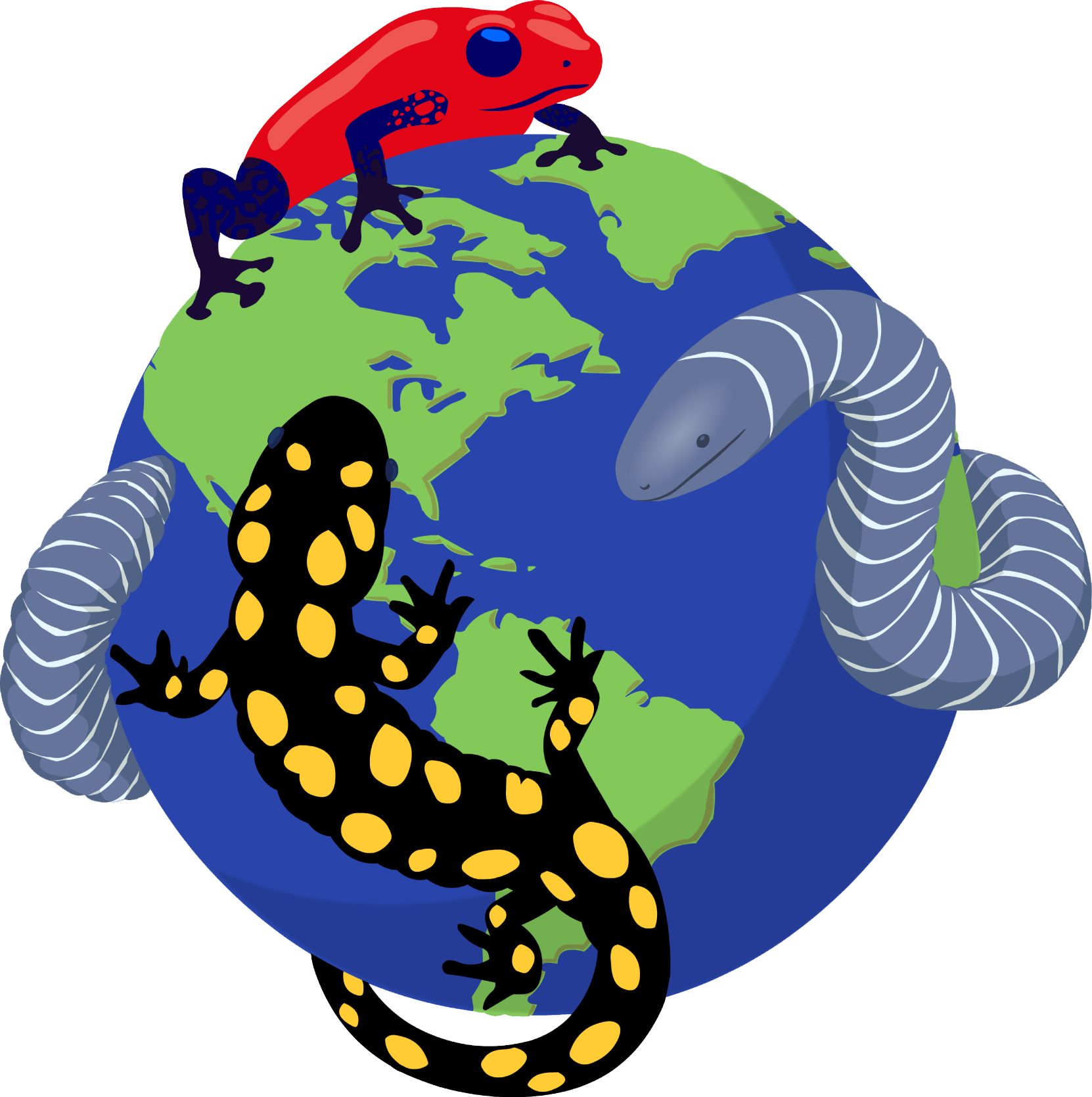|
Gastrotheca aratia Duellman, Barley & Venegas, 2014
| family: Hemiphractidae genus: Gastrotheca |
| Species Description: Duellman WE, Barley AJ, Venegas PJ . 2014 . Cryptic species diversity in marsupial frogs (Anura: Hemiphractidae: Gastrotheca) in the Andes of northern Peru. Zootaxa 3768; 159-177. | |
|
|
Country distribution from AmphibiaWeb's database: Peru
|
|


 Map of Life
Map of Life